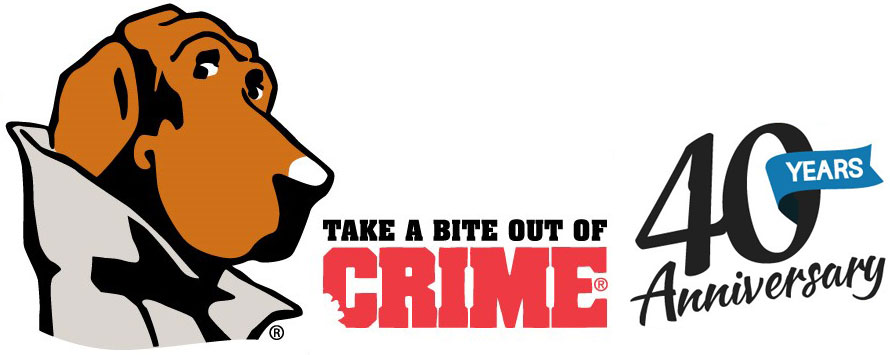Strategy
A watch program is organized so that highway truck drivers can observe and report suspicious or illegal activity along highways and at truck stops and rest stops.
Crime Problem Addressed
A watch program along highways and at rest stops and truck stops can address all types of crime.
Key Components
The police can work with trucking companies can encourage truckers to use CB radio or cellular telephones to report suspicious or dangerous situations on the highways. Truck stops can also be incorporated into a business/neighborhood-style watch. Managers and users of truck stops can look for missing or abducted children and fleeing felons wanted by the police. Crime prevention training programs can be set up for drivers, travelers, and truck stop employees. In essence, the truck stop could be treated like a small community.
Key Participants
The police can work with truck companies and drivers, truck stop operators, highway personnel, travelers, and tourism authorities to use truck drivers as extra eyes and ears.
Potential Obstacles
The obstacles to a watch program like this would be those typical of any Neighborhood Watch: apathy and a drop in interest after concern about a given tragic event subsides.
Signs of Success
The Pennsylvania State Police began the Pike Watch program with truckers and truck stops in 1990. The program began with the Pennsylvania Turnpike and later expanded to Interstates 79, 80, 81, 83, and 84. From 1990 to 1992, ten motor carrier companies joined the program. State Police departments in other states are considering copying the program.
Applying the Strategy
The American Truckers Association has adopted the Pennsylvania Pike Watch program and is beginning a new national program called Road Watch. The program was recently begun in New York, with a planned expansion to nine other states.
From 350 Tested Strategies to Prevent Crime: A Resource for Municipal Agencies and Community Groups


